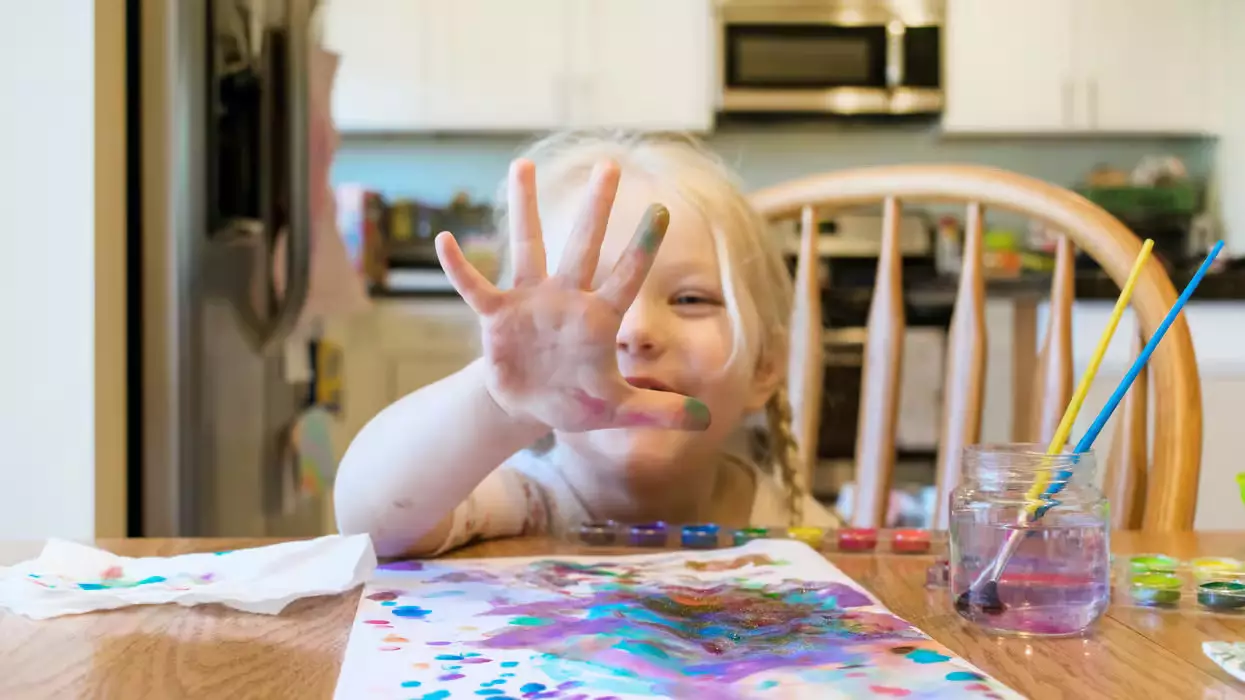Navigating the world of parenthood can often feel like a constant battle against mess. As a parent, you find yourself carrying cumbersome bins filled with water, toys, and the potential for splashes everywhere. Each step towards a chosen play area is accompanied by the splattering of water around your feet, echoing the daily reminders of chaos that come with raising children. Yet, it is within this very chaos that some of the most precious memories are crafted. The act of embracing mess not only serves to shape an environment of creativity, but it also fosters deep connections between parent and child.
What may initially appear as a disaster zone—a kitchen floor drenched in water, toys strewn all around, and laughter ringing throughout the house—can actually be a day rich with imagination and joy. The same bin becomes a vibrant ocean, full of adventures waiting to unfold. Here, a child’s play is not merely entertainment; it transforms into a magical realm where every toy, from ships to animal figures, takes on a new life, all while they enact grand stories. This beautiful mess represents more than just chaos; it is a space where creativity thrives and lifelong memories are created.
It’s important to recognize that your emotional reaction to these messes can evolve over time. The initial frustration that often accompanies the sight of a mess can sometimes cloud the deeper understanding of joy that it represents. Reflecting on past experiences, many parents can recall moments when Lego bricks covered the living room floor, or paint dribbled off the edges of canvases—each situation a testament to the child’s exploration of creativity and self-expression.
For parents currently overwhelmed by the demands of a messy household, it’s critical to acknowledge that these feelings are relatable and valid. It’s easy to envy the notion of a perfectly tidy home; however, it is equally essential to cherish the brief period of childhood. The laughter of a busy child, the sparkle in their eyes, and the unfiltered joy they exude should serve as reminders to take a step back and appreciate the magic that lies within the mess.
Consider the wisdom passed through generations, as many seasoned parents express a longing for those seemingly chaotic days. The inherent chaos that comes with active little ones actually encapsulates a time of growth and love. Mothers and fathers who once navigated these waters understand that the mess, coupled with exasperation, is but a fleeting moment in the broader arc of family life.
There’s substantial evidence suggesting that messy play plays an essential role in the healthy development of children. Engaging with different textures, colors, and materials gives them a platform to expound upon their creativity and nurture their imaginations. This sensory engagement promotes not only fine motor skills but also hand-eye coordination, as children scoop, pour, and mold their way into new experiences.
Moreover, messy play can significantly contribute to emotional regulation. Children using their hands to create, splash, and explore can find a source of comfort amidst the whirlwind of emotions they may struggle to articulate. This can, in turn, build their confidence and resilience. Allowing children to engage in free play gives them room to navigate their emotions in a tangible way, creating a safe space for experimentation.
Taking advantage of the beneficial aspects of messy play doesn’t have to mean that you’re left cleaning up impossible messes. There are diverse ways to integrate engaging activities into playtime! Simple recipes can turn a mundane afternoon into an artistic escape. For instance, creating cloud dough is as easy as combining flour with baby oil; the outcome is a fun building medium that entices children to mold and shape to their hearts’ content.
Another enjoyable method is painting with shaving cream—a wonderfully easy activity that can be set up quickly in the bathtub. By mixing food coloring into the cream, your child has a canvas right at their fingertips, free to paint with joy before simply washing everything down the drain.
For an engaging sensory experience, a bin filled with uncooked beans or rice becomes a wonderland of scooping and pouring. This activity not only encourages imaginative play but also keeps children engaged for long stretches while they discover texture in ways that spark delight.
Navigating the mess that comes from raising children is less about combating chaos and more about embracing the beauty found within it. It’s about crafting moments that allow you to draw closer to your children, and in that closeness, a greater understanding of their world unfolds. Each splatter of paint, spilled bin of water, and scattered toy serves as a bold reminder: the mess is indeed tangible evidence of joy, creativity, and the fleeting nature of childhood. In the grand scheme of life, these moments, filled with laughter and imagination, become the cornerstone of cherished family memories. So, to every parent out there, hold onto the magic in the mess—after all, it’s not just about tidiness, but the joyous legacy of play.

